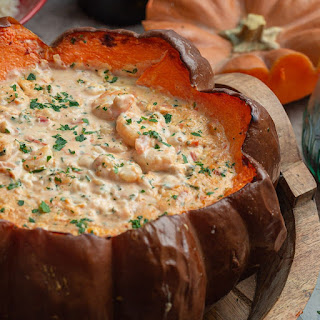6 cups chicken broth
- 1. In a medium saucepan over medium heat, bring chicken broth to a simmer. Reduce heat to low.
- 2. In a large pot or Dutch oven, heat oil. Add onion and cook, stirring often, until beginning to soften, about 5 minutes. Stir in squash, 1 tablespoon butter and garlic. Cook until the squash is beginning to color around edges and then soft, about 6 minutes. Season with salt and pepper.
- 3. Stir in remaining tablespoon butter arborio rice, stirring quickly. Cook until the grains are well-coated and smell slightly toasty, about 2 minutes. Add the wine and cook until the wine has mostly absorbed.
- 4. With a ladle, add about 1 cup hot broth. Stirring often, cook until the rice has mostly absorbed liquid. Add remaining broth about 1 cup at a time, continuing to allow the rice to absorb each addition of broth before adding more.
- 5. Stir often and cook until squash is tender and risotto is al dente and creamy, not mushy, about 25 minutes. Stir in Parmesan and sage, then season with salt and pepper before serving.














